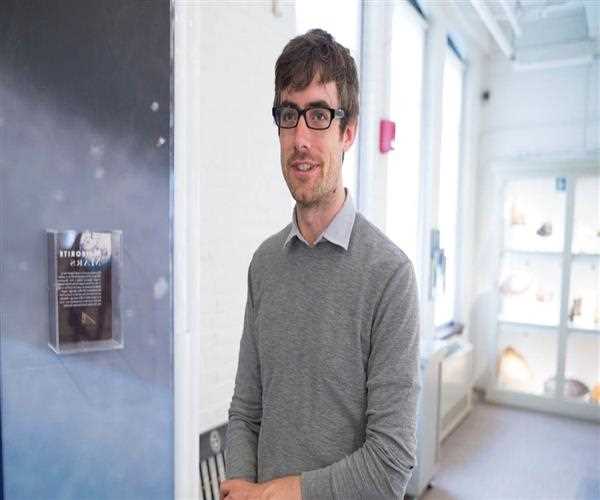
Robin Wordsworth re-creates the atmosphere of ancient Mars
Visitors flock to explore the remains close to Urquhart Castle in the Scottish settlement of Drumnadrochit on the west bank of the eerie Loch Ness and in hopes of spotting the mysterious Loch Ness Monster. However, Drumnadrochit native and planetary scientist Robin Wordsworth claims that it was the unhindered vista of space that initially piqued his interest. He remarks, 'The skies are very clear.'
Wordsworth currently resides on the opposite side of the Atlantic. He works as a professor and researcher at Harvard University. He is still fixated on the solar system and beyond, though. The topics covered by Wordsworth's scientific investigations include the size of extraterrestrial raindrops, how humans might one day colonise Mars, and how rocky planets are periodically covered with glaciers. He claims that his research teams 'conduct numerous different things at once.' 'Knowing what drives planetary habitability through time would be it in a nutshell,' the author said.
According to Wordsworth, a planet's habitability is determined by its capacity to support life. Wordsworth has always been a lover of his fiction, and the concept that life could exist somewhere else in the world has long captivated him. In order to create a simulation of the evolution of the planet and its climate, astronomers have found roughly 20 other planets that may be livable. Because climate affects whether a planet's surface can support liquid water, it receives a lot of attention. All known life forms require this.
Reconstructing the early Martian climate is Wordsworth's most famous piece of writing. The early Martian climate may be a hint of extraterrestrial life for scientists looking for evidence, as river valleys and other geological evidence on Mars indicate that there was once plenty of liquid water flowing throughout the planet. But for many years, the best that scientists could come up with was to create one-dimensional models that had difficulty recreating important atmospheric elements like clouds.
Wordsworth and colleagues published a 3D model of the early Martian climate in 2013, revealing a cloudy atmosphere with high levels of carbon dioxide. They did this while they were at the Institute for Dynamic Meteorology in Paris. These are essential components for understanding how the early Martian atmosphere reflected and captured heat, according to astrobiologist James Custing of Penn State University.
Wordsworth developed the method for including clouds in the model. He attributes his great programming abilities, mastery of arithmetic, and decisiveness to Kasting. 'He is publishing an ideal climatic calculation for Mars' early years. There is no one else in his lane.


